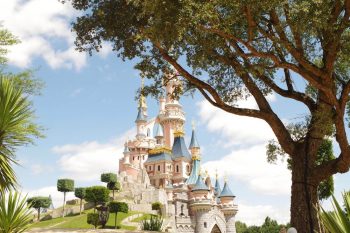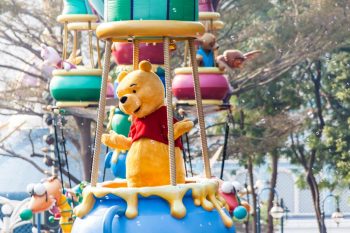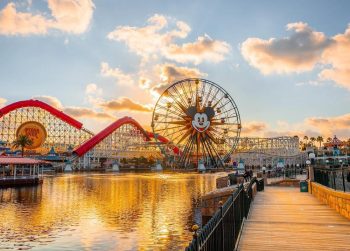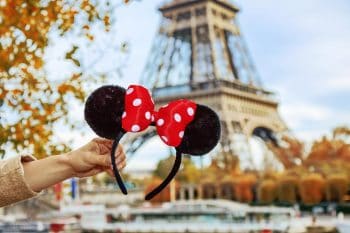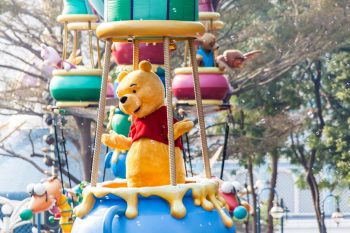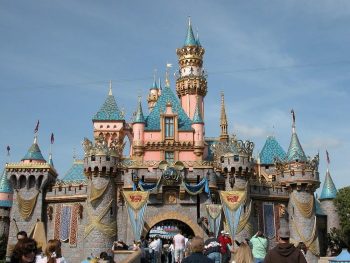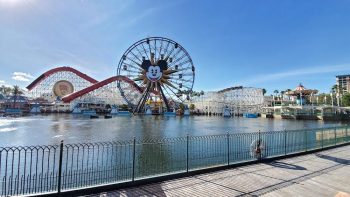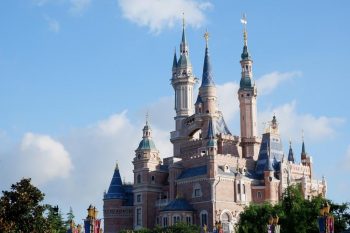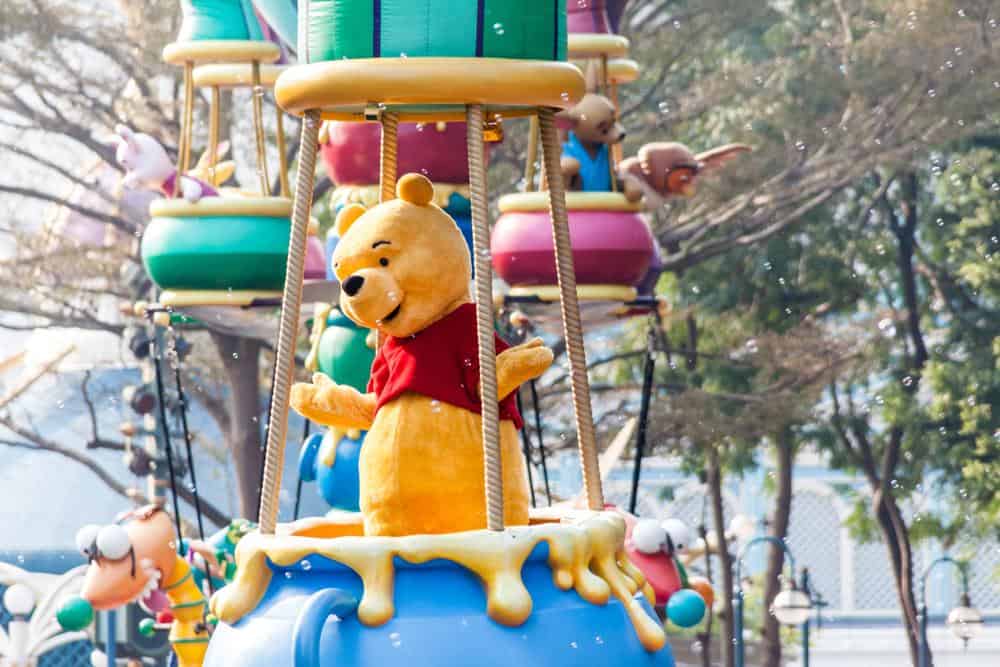
Disneyland, the happiest place on Earth, is known for its enchanting themes, thrilling rides, and magical experiences. Among the most memorable of these experiences is the appearance of snow, especially during the holiday season. But what is Disneyland’s snow made of? Why does it look so real, and yet, vanish without a trace? Let’s dive in to unravel the magic behind Disneyland’s snow.
Disneyland’s snow is made from a substance known as “snoap” (snow + soap), which is essentially a mix of surfactants and water that creates millions of tiny bubbles. These bubbles are shot from a machine through a sieve to create the effect of falling snow. The snowflakes break down without a trace after about 90 seconds, adding to the magic of Disneyland’s holiday events and attractions.
The Magic of Disneyland’s Snow
Disneyland’s snow is not real snow, but rather a magical effect created for the park’s holiday events and attractions. During the “Believe…in Holiday Magic” fireworks spectacular, for example, a simulated snowfall occurs at “it’s a small world” Holiday, the Rivers of America, and Main Street, U.S.A.
The snow is made from a substance commonly referred to as “snoap” (snow + soap), made up of millions of tiny bubbles. The illusion of snow is created by experts at Zigmont Magic FX, who use a proprietary blend of surfactants to create the snoap. The surfactants are mixed with water and reduce the surface tension to create the bubbles that become snow. Then, bubbles are shot from a machine through a sieve that creates the effect of falling snow. The resulting snowflakes break down without a trace after about 90 seconds. The snow is dispensed using powerful air blowers stationed on the roofs of nearby buildings, which shoot the snoap into the sky to create the appearance of falling snow.
Is Disneyland’s Snow Safe?
Disneyland’s snow is generally safe for guests to touch and play with. However, there are some precautions to take to ensure safety while playing in the snow:
- Dress appropriately: Wear warm layers, waterproof boots, gloves, and hats to protect against cold temperatures and wet conditions.
- Be cautious on icy surfaces: Take small, slow, shuffling steps, and keep your arms out for balance.
- Avoid overexertion: Cold weather puts extra strain on the heart, so avoid overexerting yourself while playing in the snow.
- Stay away from snowplows and snow blowers: Choose play areas away from roads, fences, and water, and be cautious when crossing roads.
- Supervise children: Active supervision is important when young children are playing outside in the snow.
- Be aware of frostbite and hypothermia: Know the signs of these cold-weather health problems and take action if you suspect you or someone else is experiencing them.
Disneyland Snow Versus Other Theme Parks
Disneyland’s snow creation process relies on the advanced Matterhorn technology, which is highly efficient at simulating snow effects, while other theme parks or entertainment venues may use different methods, such as refrigerated snow-making systems or other snow-making companies’ solutions. For example, Ober Gatlinburg uses a refrigerated snow-making system called Snow Magic, which can produce snow (in limited quantities) at above freezing temperatures.
The Environmental Impact of Disneyland’s Artificial Snow
Artificial snow production at Disneyland and other theme parks has environmental impacts, mainly due to the energy and water consumption involved in the process. The production of artificial snow requires significant amounts of water and energy, which can lead to negative ecological consequences. However, there are several sustainable alternatives to artificial snow production that can help reduce the environmental impact of ski resorts and winter sports.
The Magic Continues…
In summary, Disneyland’s snow, whether real or artificial, adds to the overall guest experience by creating a magical and immersive environment that enhances the festive atmosphere and leaves a lasting impression on visitors. So the next time you find yourself marveling at the snowfall in Disneyland, remember the magic and technology that makes it possible.
Frequently Asked Questions
Does Disneyland use artificial snow during other times of the year, or just during the holiday season?
Disneyland primarily uses artificial snow during the holiday season, specifically for the “Believe…in Holiday Magic” fireworks spectacular. However, there might be special occasions or events where they may use it at other times.
Does the artificial snow cause any allergic reactions or skin irritations?
The artificial snow at Disneyland, also known as “snoap”, is generally safe for guests. However, as with any substance, individual reactions can vary. If you have sensitive skin or known allergies, it may be best to minimize direct contact.
Are there any plans for Disneyland to switch to a more environmentally friendly method of creating artificial snow?
There’s no public information available on whether Disneyland plans to switch to a more environmentally friendly method of creating artificial snow. However, the company is known for its commitment to sustainability, so it’s possible that they’re exploring more eco-friendly options.
How does the artificial snow at Disneyland compare to real snow in terms of feel and texture?
The artificial snow at Disneyland is made up of tiny bubbles, so it won’t feel cold or wet like real snow. It’s designed more to create a visual effect of falling snow rather than to replicate the exact feel and texture of real snow.
Can the artificial snow damage clothing or personal items?
The artificial snow at Disneyland is made from a blend of surfactants and water, and it breaks down without a trace after about 90 seconds. Therefore, it’s unlikely to cause damage to clothing or personal items. However, it’s always a good idea to follow any care instructions for your items and wash them after a day at the park if you’ve come into contact with the snow.

